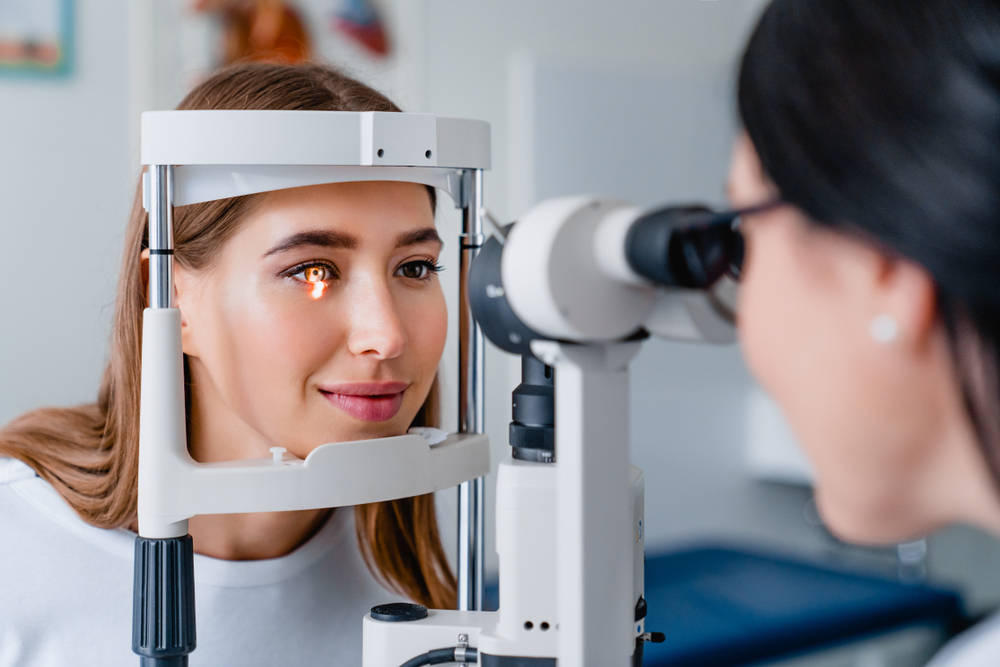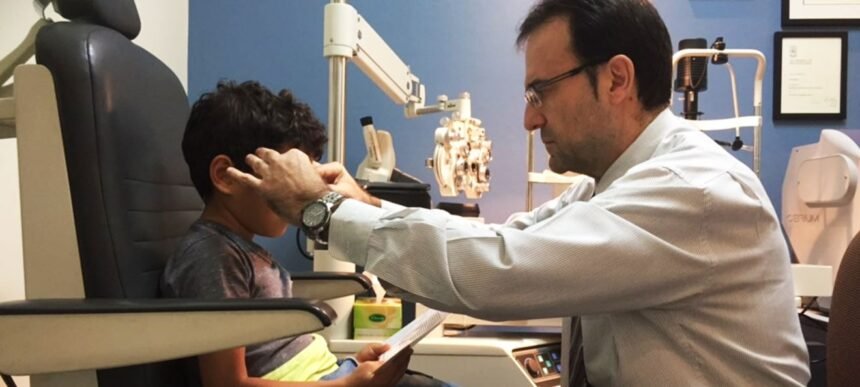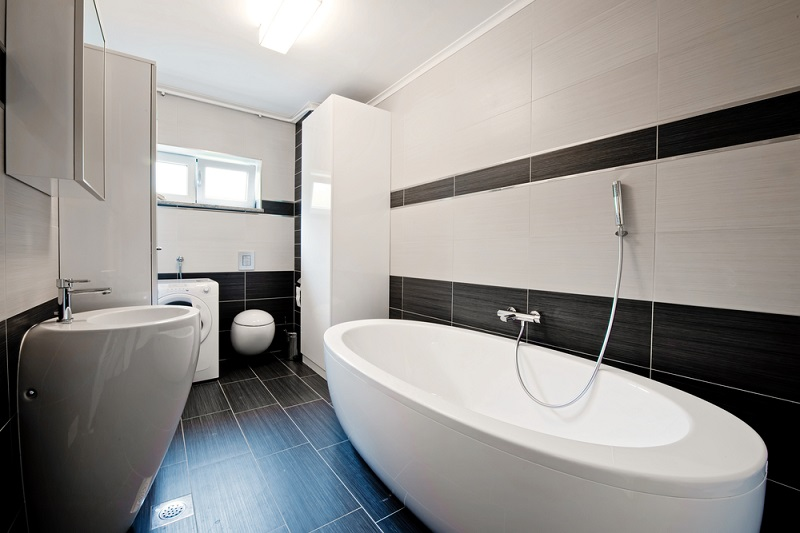You ever notice how the world looks a bit fuzzy after a long day staring at screens, or maybe your mate mentions you’re squinting more than usual? That’s your cue to book an eye test—it’s one of those simple check-ins that can catch issues early and keep your vision sharp. Here in Australia, with our love for outdoor adventures and endless blue skies, eye tests are extra key because of the high UV exposure that sneaks up on us. I’ve had a few chats with friends who’ve put off theirs, only to wish they’d gone sooner when a quick fix sorted everything. Whether you’re due for your two-yearly check or just feeling off, prepping right makes the whole thing less of a chore. In this guide, we’ll walk through why eye tests matter, what happens during one, and some straightforward steps to get ready—all tailored to our Aussie way of life, from Medicare rebates to dealing with dusty outback air. Let’s make your next eye test smooth and stress-free.
Why Regular Eye Tests Matter More Than You Think
Eye tests aren’t just about getting new glasses; they’re a window into your overall health. Down under, where we spend heaps of time in the sun—think beach days or weekend hikes—regular eye tests help spot sun damage early, like cataracts or macular issues that hit harder here due to our ozone hole legacy. Plus, they can flag bigger stuff, from diabetes signs to high blood pressure, since the eyes are like a health dashboard.
In Australia, Medicare kicks in for eye tests every two years for most folks over 65 or kids under 18, and more often if you’ve got conditions like glaucoma. It’s a cultural thing too—our outdoor lifestyle means more dry eyes from wind or air-con in the cities, so eye tests catch that before it bugs you. A mate of mine in Sydney ignored his blurry vision during footy season, but an eye test revealed early dry eye from all that pollen and dust. Catching it meant simple drops instead of months of discomfort. Related chats often veer into contacts, sunglasses with UV protection, or even kids’ vision for school—eye tests tie it all together, keeping you seeing the world clearly.
What Happens During a Typical Eye Test in Australia
Heading into an eye test? It’s usually a 20-30 minute chat and check, starting with your history—do you drive a lot, stare at computers, or have family eye troubles? The optometrist will chat about symptoms, then dive into tests like reading charts for sharpness, pupil checks for light response, or pressure puffs to screen for glaucoma.
Here, eye tests often include a dilated exam to peek at the retina, spotting any sneaky issues. With our high diabetes rates, they might add blood vessel scans too. It’s relaxed—no needles or big machines—just you, some lights, and answers to questions. In places like Melbourne, where allergies flare, they might test for that too. Expect a prescription if needed, plus advice on lenses or drops. From my experience tagging along with a family member in Brisbane, it’s quick and reassuring—walk out knowing your eyes are good to go for another barbie or road trip.

Easy Steps to Prepare for Your Eye Test Appointment
Prepping for eye tests doesn’t take much, but a little thought makes it smoother and gets you better results. Here’s a step-by-step from what I’ve learned and heard from others.
Step 1: Book Smart and Gather Your Details
Start by picking a time that fits—maybe mid-morning if you’re not a morning person, avoiding peak hours in busy spots like Perth clinics. Use Medicare online to check eligibility for rebates; it covers $40 or so for standard eye tests, more for complex ones. Jot down your current glasses or contacts details—strength, type—and any recent changes like headaches or floaters.
Bring a list of meds too; things like blood pressure pills can affect eyes. In rural areas like outback Queensland, where drives to the nearest optometrist are long, book ahead and note travel times. A tip from a friend in Adelaide: snap a photo of your old prescription to avoid forgetting.
Step 2: Note Your Lifestyle and Health History
Eye tests shine when you share the full picture. Think about your daily grind—hours on screens for work? That could mean digital eye strain tests. Outdoor jobs in sunny Darwin? Mention UV exposure for sunglass advice. Family history matters; if mum’s got macular degeneration, flag it.
Cultural bits play in too—Indigenous communities here often face higher rates of trachoma, so eye tests include targeted checks. Write down symptoms: blurry distance for driving, or close-up fuzz for reading the paper. I once prepped for a family member’s eye test by noting her gardening habits; it led to better lens tints for glare.
Step 3: Get Your Eyes Ready the Day Before
Skip heavy makeup or lotions around the eyes—they can smudge during checks. If dilation’s likely, arrange a lift home since things go blurry for a few hours; no squinting at the wheel in traffic-heavy Sydney. Eat light if you’re prone to light sensitivity, and rest your eyes—no all-nighter scrolling.
For kids’ eye tests, make it fun—chat about what to expect so they’re not scared of the puff test. In hot spots like Cairns, stay hydrated; dry eyes from humidity can skew results. From what a colleague shared after her eye test in Canberra, skipping coffee beforehand cut jitters, making the chat easier.
Step 4: What to Bring and Questions to Ask
Pack ID for Medicare, your current specs or contacts, and sunglasses for the walk out. Questions? Ask about lifestyle fits—like blue-light filters for night owls—or follow-ups for borderline results. In multicultural Melbourne, translators are common if English isn’t first; mention it when booking.
Budget for outcomes: eye tests might lead to $200-400 for glasses, but rebates help. A real story: my cousin in Hobart brought her work glasses to an eye test; the optometrist spotted a need for progressives, sorting her headaches from long office days.
After Your Eye Test: Making the Most of the Results
Once eye tests are done, follow through—pick up prescribed glasses or contacts within weeks for best adjustment. Schedule follow-ups if needed, like six-monthly for high-risk folks. In Australia, where screen time’s huge, ask for tips on the 20-20-20 rule to ease strain.
Update your sunnies too; polarized ones cut glare for drives or boating. For kids, eye tests might flag learning hurdles, tying into school support. Overall, it’s empowering—knowing your eyes are checked lets you enjoy drives along the Great Ocean Road or sunny Gold Coast walks worry-free.

Questions and Answers: Common Questions About Eye Tests in Australia
Q: How often should I get eye tests if I’m under 40 in Sydney?
Ans: Every two years is standard, but yearly if you’ve got diabetes or family history—Sydney’s urban glare from buildings amps up strain. Medicare rebates make it affordable; book mid-year to beat holiday rushes.
Q: What if eye tests show I need glasses in Melbourne?
Ans: You’ll get a script right away—pick frames that suit your face, with options for blue-light block for those long winter indoor days. Melbourne’s cool weather means less outdoor UV, but allergies can dry eyes, so ask for drops too.
Q: Are eye tests free for kids in Brisbane?
Ans: Medicare covers full eye tests for under 18s, no gap if bulk-billed—great for spotting vision issues early in active kids. Brisbane’s humidity might cause watery eyes, so mention outdoor play for tailored advice.
Q: How do eye tests check for glaucoma in Perth?
Ans: With a quick pressure puff and optic nerve scan—no pain, just a whoosh. Perth’s dry air can mimic symptoms, so share lifestyle; early catch prevents vision loss, and rebates apply for at-risk over-40s.
Q: Can eye tests detect other health issues in Adelaide?
Ans: Yes, like high cholesterol from vessel checks—Adelaide’s windy conditions might add dry eye notes. Bring health history; it’s a full health peek, with Medicare helping costs for comprehensive scans.
Conclusion: Your Path to a Successful Eye Tests in Australia
Eye tests keep your world in focus, blending vision checks with health insights that suit our sunny, active Aussie days—from UV watches to strain relief. We’ve covered why they’re vital for early spots on issues like dry eyes or diabetes, what to expect in a 30-minute session, prep steps like noting history and booking smart with Medicare, and follow-ups for glasses or care. Local flavors, from Sydney’s glare to Brisbane’s humidity, make eye tests a tailored tool for better living.
To ace yours, jot symptoms and book soon—use rebates, bring details, and ask about lifestyle fits like screen tips. Follow through on scripts, and reschedule as advised. With regular eye tests, you’ll spot troubles early, enjoy clearer views of our beaches and barbecues, and step confidently into healthier habits.



